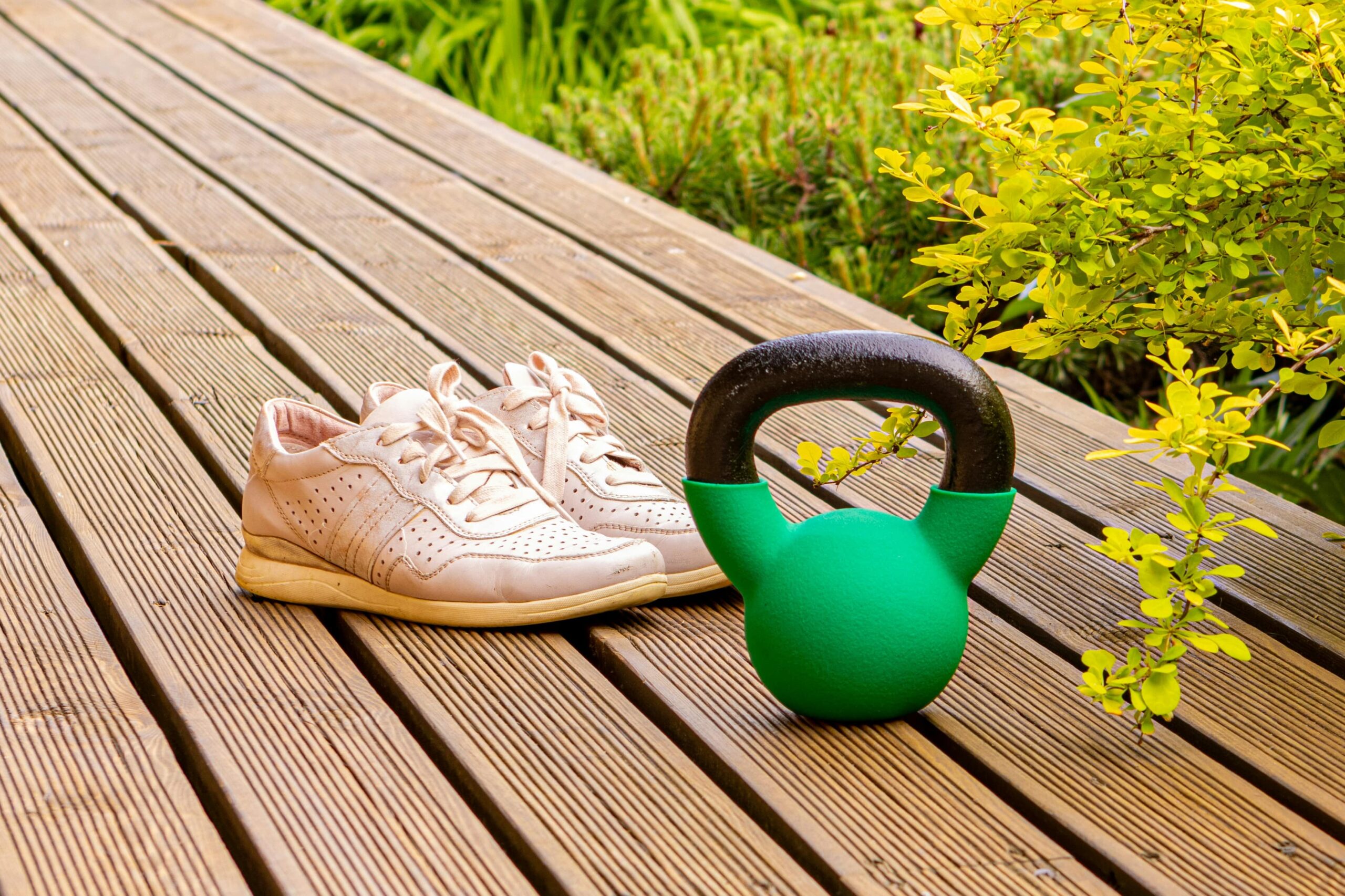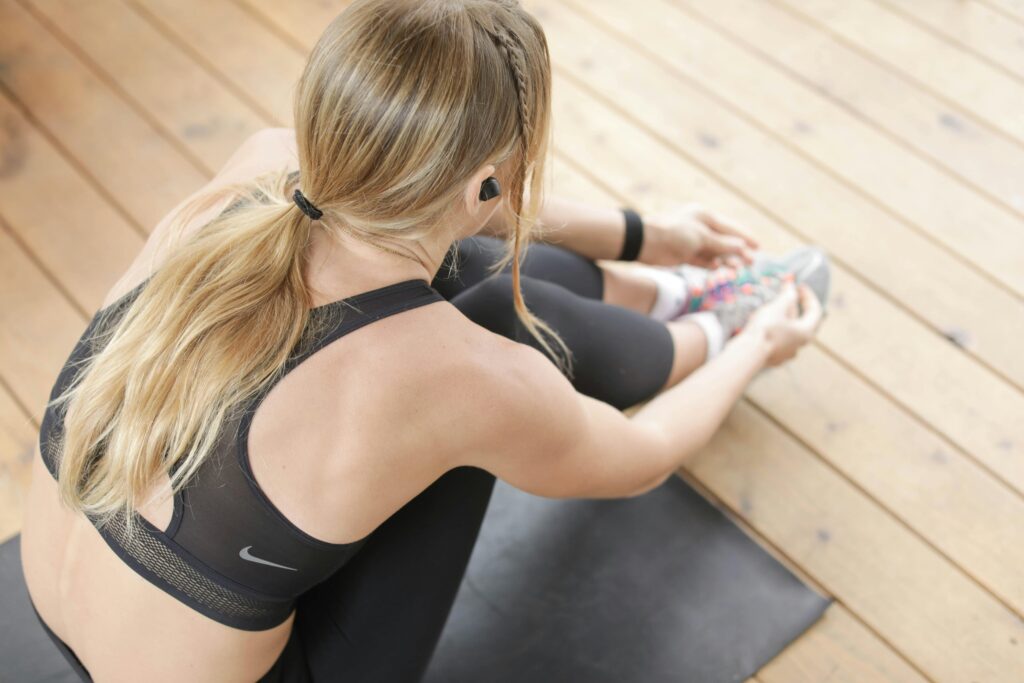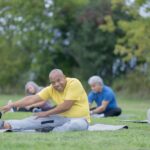Now Reading: Fitness Plans for Recovering Addicts
-
01
Fitness Plans for Recovering Addicts
Fitness Plans for Recovering Addicts

Explore fitness plans for recovering addicts. Boost mood, reduce stress, rebuild strength, and support long-term sobriety with personalized exercise routines.
Introduction
Recovery from addiction is a powerful and life-changing journey. While therapy, support groups, and nutrition play key roles, physical fitness often becomes an overlooked yet essential part of healing. Creating fitness plans for recovering addicts can significantly boost emotional health, improve self-esteem, and promote long-term sobriety.
Exercise not only helps rebuild the body after substance abuse but also supports mental well-being. In this article, we’ll explore why fitness matters in recovery and how personalized routines can make a lasting difference.
Why Fitness Matters in Addiction Recovery
When someone stops using drugs or alcohol, the body begins to repair itself. However, recovery also brings challenges like anxiety, depression, fatigue, and sleep problems. Regular exercise can help ease these symptoms.
Here’s how:
- 🧠 Boosts mood by increasing endorphins (natural “feel-good” chemicals)
- 😌 Reduces stress and calms the nervous system
- 💪 Rebuilds physical strength and stamina
- 😴 Improves sleep quality
- 🤝 Creates structure and accountability
A 2014 study in Frontiers in Psychiatry found that individuals in recovery who exercised regularly had fewer cravings and were more likely to maintain sobriety 1.
Benefits of Fitness Plans for Recovering Addicts
Creating structured fitness plans for recovering addicts offers benefits that go beyond the gym.
1. Supports Emotional Stability
Exercise helps regulate dopamine and serotonin—neurotransmitters often imbalanced by substance use. This improves mood and lowers the risk of relapse caused by emotional triggers.
2. Improves Cognitive Function
Cardiovascular activity enhances brain health by increasing blood flow and stimulating the growth of new neurons. This helps with focus, memory, and decision-making—crucial in early recovery.
3. Restores Body Image and Confidence
Substance abuse often leads to weight changes and low self-esteem. Fitness helps rebuild a positive body image and a sense of accomplishment.

4. Reduces Cravings
Exercise can act as a healthy distraction. A 2021 meta-analysis published in Drug and Alcohol Dependence showed that short bouts of exercise significantly reduced drug cravings 2.
Components of Effective Fitness Plans for Recovering Addicts
A successful plan should be simple, flexible, and supportive. It must align with an individual’s recovery stage, fitness level, and personal preferences.
🏃♂️ 1. Cardiovascular Exercise
Cardio increases heart rate, burns calories, and boosts mood. It’s also accessible and easy to start.
- Examples: brisk walking, cycling, swimming, dancing, jogging
- Recommended: 20–30 minutes, 3–5 times a week
🧘♀️ 2. Mind-Body Practices
Activities like yoga, tai chi, and Pilates reduce anxiety and build inner calm. They teach breathing techniques and body awareness—important tools in managing emotions.
- Yoga in particular has been shown to improve mood and reduce stress in recovering individuals, as noted by the Journal of Alternative and Complementary Medicine 3.
🏋️ 3. Strength Training
Resistance exercises help rebuild muscle, improve bone health, and boost confidence.
- Examples: bodyweight exercises, resistance bands, light dumbbells
- Start with 2–3 times per week, targeting major muscle groups
🤸 4. Flexibility and Balance
Stretching improves mobility, prevents injury, and supports overall recovery.
- Include 5–10 minutes of stretching after workouts
- Try basic movements like hamstring stretches, neck rolls, and ankle circles
How to Get Started with a Fitness Plan
Starting a new routine may feel overwhelming, especially during recovery. Here’s how to make it simple and sustainable:
✅ 1. Start Small
Begin with just 10–15 minutes a day. Choose activities you enjoy—walking your dog, dancing in your room, or stretching on a mat.
✅ 2. Set Realistic Goals
Avoid extreme challenges. Focus on progress, not perfection. Celebrate milestones like walking 5,000 steps a day or completing a full yoga class.
✅ 3. Find Support
Join a community center, recovery group with fitness classes, or online support forums. Having a buddy can boost motivation and accountability.
✅ 4. Stay Consistent
Consistency matters more than intensity. Build a routine by exercising at the same time each day—morning walks, lunch break yoga, or evening bike rides.
Sample Weekly Fitness Plan for Recovering Addicts
| Day | Activity | Duration |
|---|---|---|
| Monday | Brisk walk + light stretching | 30 minutes |
| Tuesday | Beginner yoga (online class) | 20–30 minutes |
| Wednesday | Rest or light walk | 15–20 minutes |
| Thursday | Bodyweight strength (home) | 25 minutes |
| Friday | Bike ride or jog | 30 minutes |
| Saturday | Group walk or hike | 45–60 minutes |
| Sunday | Rest and meditation | — |
This plan is flexible and can be adapted based on fitness level and recovery needs.
Important Tips for Staying Safe
- Consult a doctor before starting a new exercise program, especially if dealing with health issues.
- Stay hydrated and eat balanced meals to support energy levels.
- Listen to your body—take breaks when needed.
- Track your progress with a journal or app to stay motivated.
Real Stories, Real Impact
Many recovery programs now integrate exercise as part of treatment. In fact, a 2022 report from the National Institute on Drug Abuse recommends physical activity as a supplemental therapy in addiction treatment programs 4.
Personal testimonials often highlight how fitness helped reduce anxiety, build self-worth, and maintain focus—especially during challenging moments in recovery.
Final Thoughts
Incorporating fitness plans for recovering addicts into daily life isn’t just about getting in shape—it’s about reclaiming control, boosting mental health, and building a new, healthier identity. Exercise offers a path to healing that empowers both the body and mind.
Whether it’s a walk in the park, a gentle yoga session, or a strength-building workout, every step you take brings you closer to balance, peace, and long-term sobriety.
References
- Wang, D., et al. (2014). Physical exercise as a useful strategy for addiction recovery. Front Psychiatry, 5, 114. ↩
- Linke, S. E., & Ussher, M. (2021). Exercise reduces substance cravings. Drug and Alcohol Dependence, 221, 108627. ↩
- Uebelacker, L. A., et al. (2010). Yoga for depression and addiction. J Altern Complement Med, 16(3), 293–297. ↩
- National Institute on Drug Abuse. (2022). Physical Activity and Substance Use Recovery. https://nida.nih.gov ↩

Jen Sheldon is a seasoned writer with a passion for fitness, health, wellness, and addiction treatment. With years of experience crafting insightful and research-backed content, she helps readers navigate their journey toward better well-being. When she’s not writing, you’ll find her exploring new workout routines or diving into the latest health trends.


























